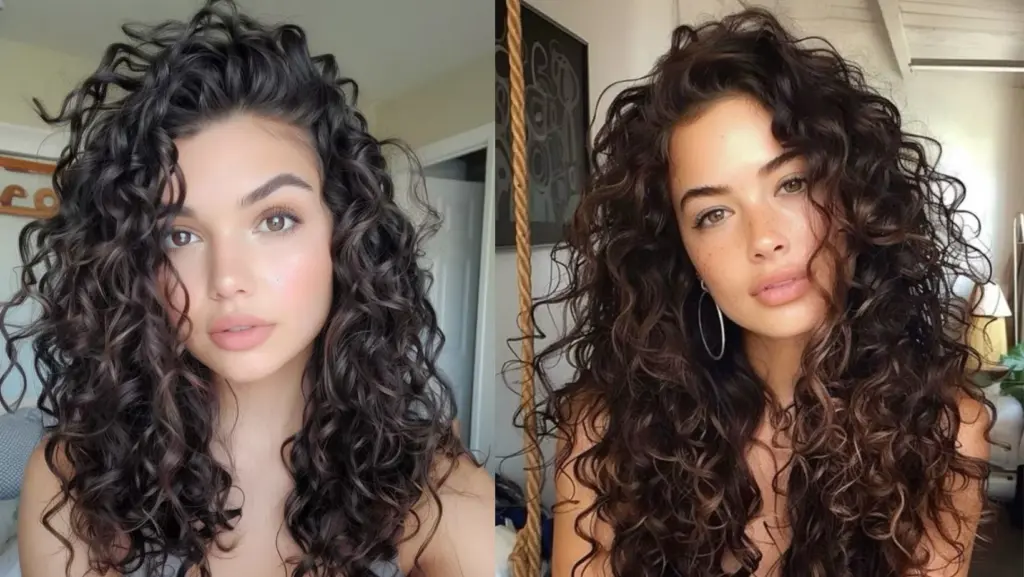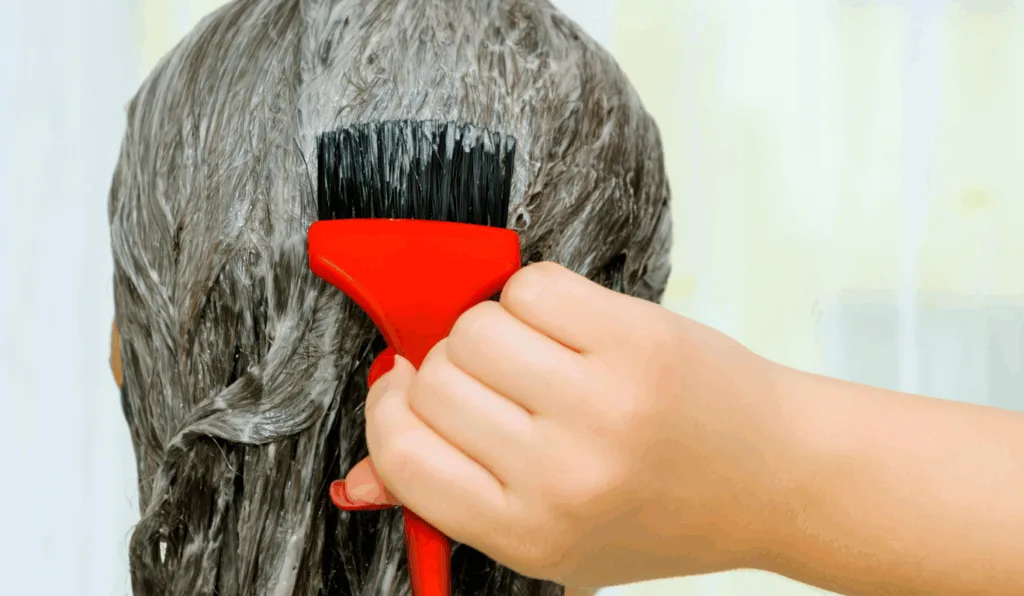This Natural Oil Is Restoring Hair Color and Eliminating Gray Strands—Here’s How
A new viral trend is making waves in the beauty and wellness community: a natural oil that promises to reverse gray hair and bring back your original hair color—without dyes, chemicals, or salon visits. It’s not a fantasy; many users are reporting real changes in just a matter of days. But what’s behind this buzz? Let’s dive into the science, tradition, and user stories that have made this oil a phenomenon.
What Causes Gray Hair in the First Place?
To understand how any treatment works, we first need to understand the cause of the problem. Hair turns gray when the production of melanin—the pigment responsible for hair, skin, and eye color—begins to decline. This process is natural with aging but can also be triggered by stress, poor nutrition, genetics, or environmental factors.
When melanin stops being produced in the hair follicles, new hair grows out colorless—appearing gray, silver, or white. Once the pigment is gone, it was long believed there was no way to restore it. But that’s where nature may surprise us.
The Oil That’s Causing a Stir Online
What’s caught everyone’s attention is a blend of plant-based oils and herbal extracts. While exact formulas vary, the most talked-about version combines rosemary, black seed oil, amla (Indian gooseberry), and bhringraj—ingredients rooted in ancient Ayurvedic and herbal traditions.
These oils have long histories of being used to improve scalp health, stimulate hair growth, and enhance shine. But now, the conversation has shifted to something even more impressive: their potential to reignite melanin production and restore natural hair color.
How It Allegedly Works
Some researchers and practitioners believe that these natural compounds can:
- Stimulate dormant melanocytes (the cells that produce melanin)
- Improve blood circulation to the scalp
- Provide essential antioxidants and minerals
- Reduce oxidative stress on hair follicles
The combination of these effects may, in theory, reactivate pigment in the root of the hair strand. When applied consistently, users claim that their white or gray strands gradually regain a darker, more youthful tone.
It’s important to note that this is not instant, and results can vary. However, the testimonials fueling the trend suggest changes can happen in as little as 7 to 15 days, depending on the individual.
Social Media Reactions and Viral Momentum
The buzz began with short video clips on platforms like TikTok and Instagram, where users demonstrated their “before and after” hair color. Within weeks, hashtags like #NaturalHairColor and #GrayHairSolution were trending, and beauty influencers started testing the oil live on camera.
Although many are skeptical, the visual transformations have convinced thousands to give it a try. In comment sections, p
Some even claim it has helped reduce
Why People Are Looking for Alternatives to Hair Dye
The success of this natural oil also taps into a growing movement: people are moving away from chemical dyes and synthetic beauty products. Many are concerned about long-term exposure to ammonia, parabens, and artificial colors. Others simply want gentler, non-invasive ways to care for their bodies.
Natural treatments appeal to those looking for a holistic lifestyle, especially when the solution involves no pain, no staining, and no damage to the hair shaft. Unlike conventional hair dye, this oil is applied through scalp massage, a relaxing and therapeutic ritual in itself.
Scientific Support: What Does the Research Say?
While large-scale studies are still limited, early research into herbal treatments for hair pigmentation shows promise. Studies have explored how certain herbs, such as amla and bhringraj, can impact the melanin cycle and oxidative stress in the hair follicle.
In laboratory settings, some of these compounds have been found to:
- Increase melanin retention
- Delay hair graying in rodents
- Support follicular health
Although more human trials are needed, the anecdotal evidence combined with centuries of traditional use points toward a potentially effective remedy—especially when used consistently and over a longer period.
How to Use the Oil for Best Results
Most routines recommend applying the oil 2 to 3 times per week. The key is to massage it deeply into the scalp, allowing the nutrients to absorb fully. Some users prefer to leave it on overnight, while others wash it out after a few hours.
For those who want faster results, combining the oil with a healthy diet rich in copper, B vitamins, and antioxidants can enhance its effects.
Here’s a basic guide:
- Warm a small amount of oil between your palms
- Apply directly to the scalp and roots
- Massage in circular motions for at least 5 minutes
- Leave on for 2–8 hours
- Rinse with a mild, sulfate-free shampoo
Who Should Avoid It?
Despite being natural, some people may be allergic to certain herbal ingredients. Always perform a patch test before widespread use. If you have a sensitive scalp or underlying skin condition, consult a dermatologist before applying new substances to your hair.
Final Thoughts: Natural Doesn’t Mean Weak
In a world flooded with artificial products, this natural oil stands out—not just because it’s trending, but because it taps into deep-rooted traditions that are finally being rediscovered. While we wait for more clinical studies, the growing number of positive testimonials can’t be ignored.
People are tired of covering up signs of aging and are instead turning to restorative, nourishing methods that work with the body rather than against it. And in that spirit, this oil might just be more than a passing trend—it could represent a shift in how we care for ourselves.

Hello! My name is Alan Teixeira and I am passionate about helping people live healthier, more balanced lives. From mindful eating to daily habits that promote physical and mental well-being, I believe that small, consistent changes can lead to powerful transformations.
I created this blog to share practical tips, reliable information, and thoughtful insights that can inspire you to take better care of yourself—with balance, mindfulness, and positivity.
If you are looking to improve your health, nourish your body, and build a lighter, more fulfilling routine, you are in the right place. Welcome!


